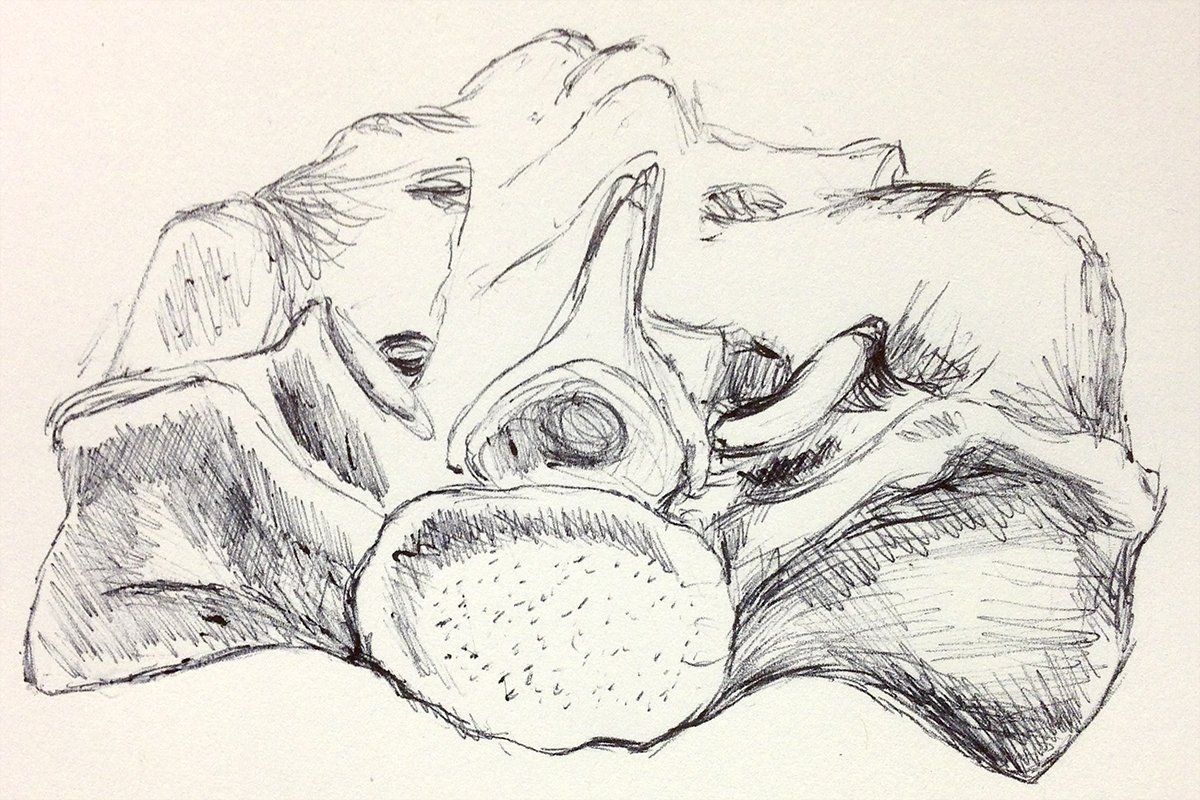1. Finding a stance through reflexive journalling

In this post I discuss the challenge of identifying a stance (or positionality) as a practitioner-researcher, and how I found keeping a reflexive research journal the most useful tool to keep myself always alive to my positionality.
A few years after graduating as an osteopath, I had one foot in clinical practice and the other in pedagogy (lecturing on the Leeds Beckett University, Master of Osteopathy programme). As a way of trying to resolve some of the challenges I encountered developing a module in Evidence-Based Practice, I applied to the University College of Osteopathy for a place on its Professional Doctorate programme. I knew for sure that my interest lay in finding a way to study the mechanism of cranial osteopathy. However, I found myself facing a dilemma – one that is surely common to all practitioners who want to study aspects of their own practice: how to find a position from which to appraise and critique the discipline within which I spent my days practicing and teaching.
Did I want to stand aside from osteopathy and apply an objectivist gaze towards my practice? Or adopt the attitude of an ethnographer with a ready-formed insider perspective? I was drawn to a critical analytical stance but had to consider the ethical consequences of my authenticity as a practitioner, subjecting my daily work – my vocation! – to deconstruction. These issues preceded the development of my research question and caused me great despair, until I came across the work of Linda Finlay, the psychotherapist and academic who pioneered the use of phenomenological research methods for practitioner-researchers. I encourage you to read her book online - Phenomenology for Therapists: Researching the Lived World (2011). Linda Finlay’s work was my first introduction to phenomenological research methods, and I took from her publications some confidence that I would be able to find a position – a stance – towards osteopathy that was both critical and compatible with my own understanding of its practice.
I hadn’t yet encountered the concept of the theoretical fore-structure but knew that the first step I should take was to change my attitude towards my research journal. Up until that point, it was written as a formal record of literature searches, references I would happen upon and contacts to follow up. After reading about phenomenology and accepting that I would be researching with an insider’s perspective, I began to write down anything that sparked inspiration. I recorded ideas in the middle of the night, whilst travelling on the train, when on holiday, listening to the radio - and at the end of each clinic day. My research journal soon started to build into a creative repository of stream-of-consciousness out-pourings, insights that seemed to write themselves and disquisitions that provided their own resolutions.
I am so glad I kept that journal - wholeheartedly and almost compulsively - because these screeds - legible and intelligible only to myself - became the means through which I found my stance, and began to test my own ideas about ontology and epistemology. Little did I know then how much these scribblings would form a tangible stream of evidence to sit beside my data-set, illustrating how my perceptions and preconceptions were active influences on every aspect of my research project, from the formulation of my question, to the selection of methodology, and on to the analysis of the data.
You might also like...




